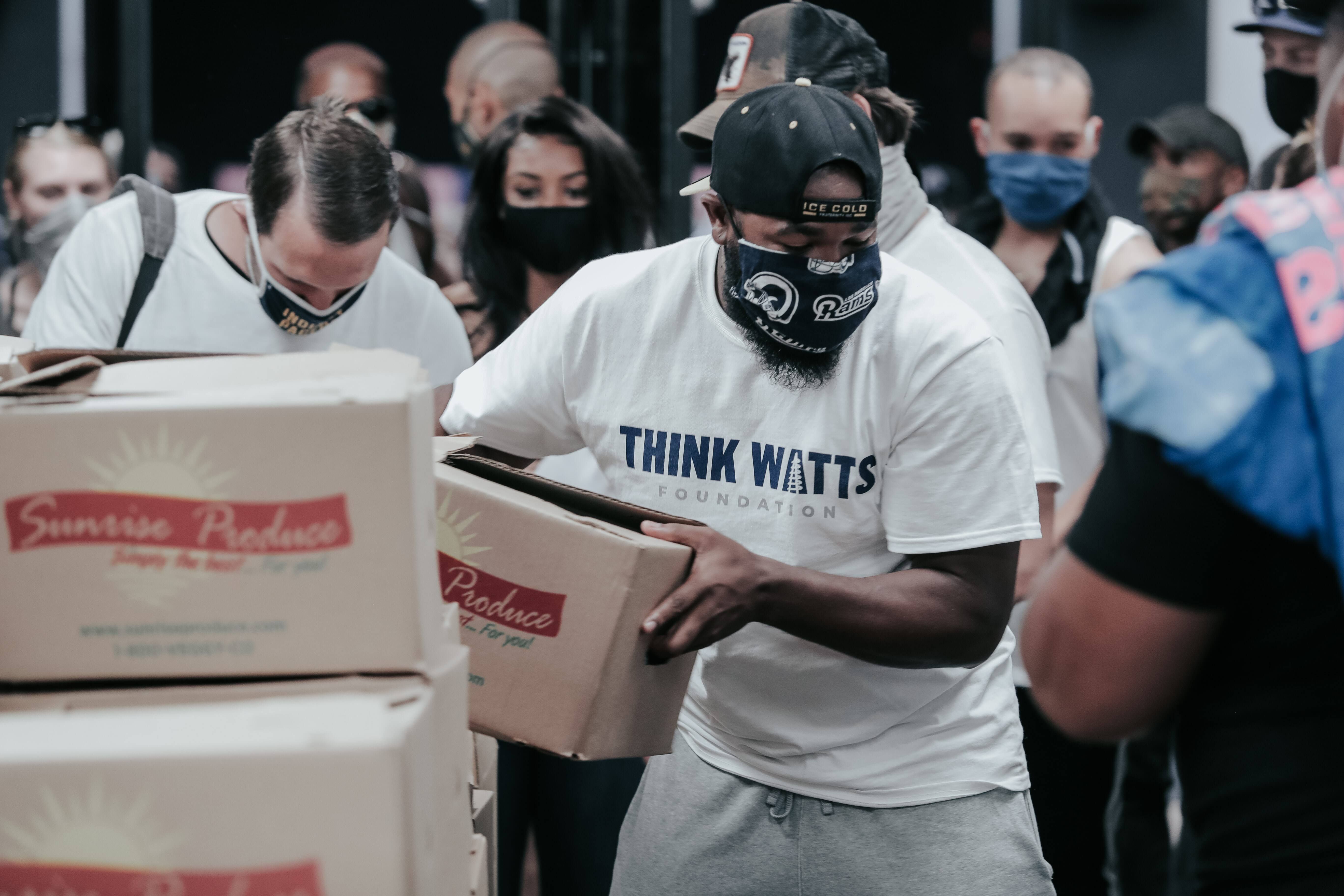Photo by Joel Muniz, unsplash.com
A Collective Impact Approach
The following is an excerpt from The Community Tool Box, at the University of Kansas in a section on a “Collective Impact” approach to organizing various groups who are working to achieve similar results,
Many funders and health and human service organizations aim to make progress on large and complex social problems – such as improving educational outcomes for all children, reducing homeless, or improving community health outcomes. This has proved challenging for all of us.
This community-level work goes by different names and associated models—including collaborative action, community mobilization, and comprehensive initiatives. One version of this approach is known as “collective impact.” Collective impact refers to the commitment of a group of important actors from different sectors to a common agenda for solving a specific social problem at scale.
Organizations have been implementing collective impact for a long time. These successful collective impact initiatives often assure five conditions that are associated with their relative success:
Common Agenda
All participants share a vision for change that includes a common understanding of the problem and a joint approach to solving the problem through agreed-upon actions.
Shared Measurement
All participating organizations agree on the ways success will be measured and reported, with a short list of common indicators identified and used for learning and improvement.
Mutually Reinforcing Activities
A diverse set of stakeholders, typically across sectors, coordinate a set of differentiated activities through a mutually reinforcing plan of action.
Continuous Communication
All players engage in frequent and structured open communication to build trust, assure mutual objectives, and create common motivation.
Backbone Support
An independent, funded staff dedicated to the initiative provides ongoing support by guiding the initiative’s vision and strategy, supporting aligned activities, establishing shared measurement practices, building public will, advancing policy, and mobilizing resources.
Source: The Community Toolbox—University of Kansas
Examples of Issues in Compassionate Communities
When Rev. Shayna Lester, a volunteer chaplain at the CA Institution for Women, women’s prison heard about the Compassion Games, she knew she had to bring it to the inmates. Immediately the women responded and self organized. They appointed leadership, created “games” and agreed on how they would account for their points. They agreed to play in housing units and identified their teams by color. They coined the term “Compassionistas” and came up with games like: walk away from gossip, do a kind deed for another, let another go ahead of you in line, share magazines, food, personal items.
The Forgiveness Project, a Partner of the Charter for Compassion, is a UK-based charity that uses storytelling to explore how ideas around forgiveness, reconciliation and conflict resolution can be used to impact positively on people’s lives, through the personal testimonies of both victims and perpetrators of crime and violence. Our aim is to provide tools that facilitate conflict resolution and promote behavioral change. Central to the work is our commitment to work with ex-offenders and victims of crime as a way of modeling a restorative process.
Sowing Empathy and Justice in Schools Through Restorative Practices. The kid wants to serve the volleyball, but his high school classmates ignore him. “Shut up!” he pleads, but they carry on—laughing as if he said nothing. He loses it, hurls the ball, storms out of the gym, and shouts, “I said, Shut your #&$% mouths!”
Game over.
Suspending or expelling a student, especially one who is angry or disruptive, is like ordering a triple Big Mac. It’s a devilishly quick and easy answer—and popular, too—but it’s an unhealthy choice for the long-term well-being of students who, after just one suspension, are more likely to repeat a grade, drop out, and enter the criminal justice system.
“Far too many of our most vulnerable students are excluded from class for minor, non-violent behavior. Too often this sends them along an unnecessary journey down the school-to-prison pipeline,” says Former NEA President Dennis Van Roekel. With that in mind, an increasing number of NEA members are turning to an alternative on the menu of school discipline: Restorative practices, including restorative justice.


